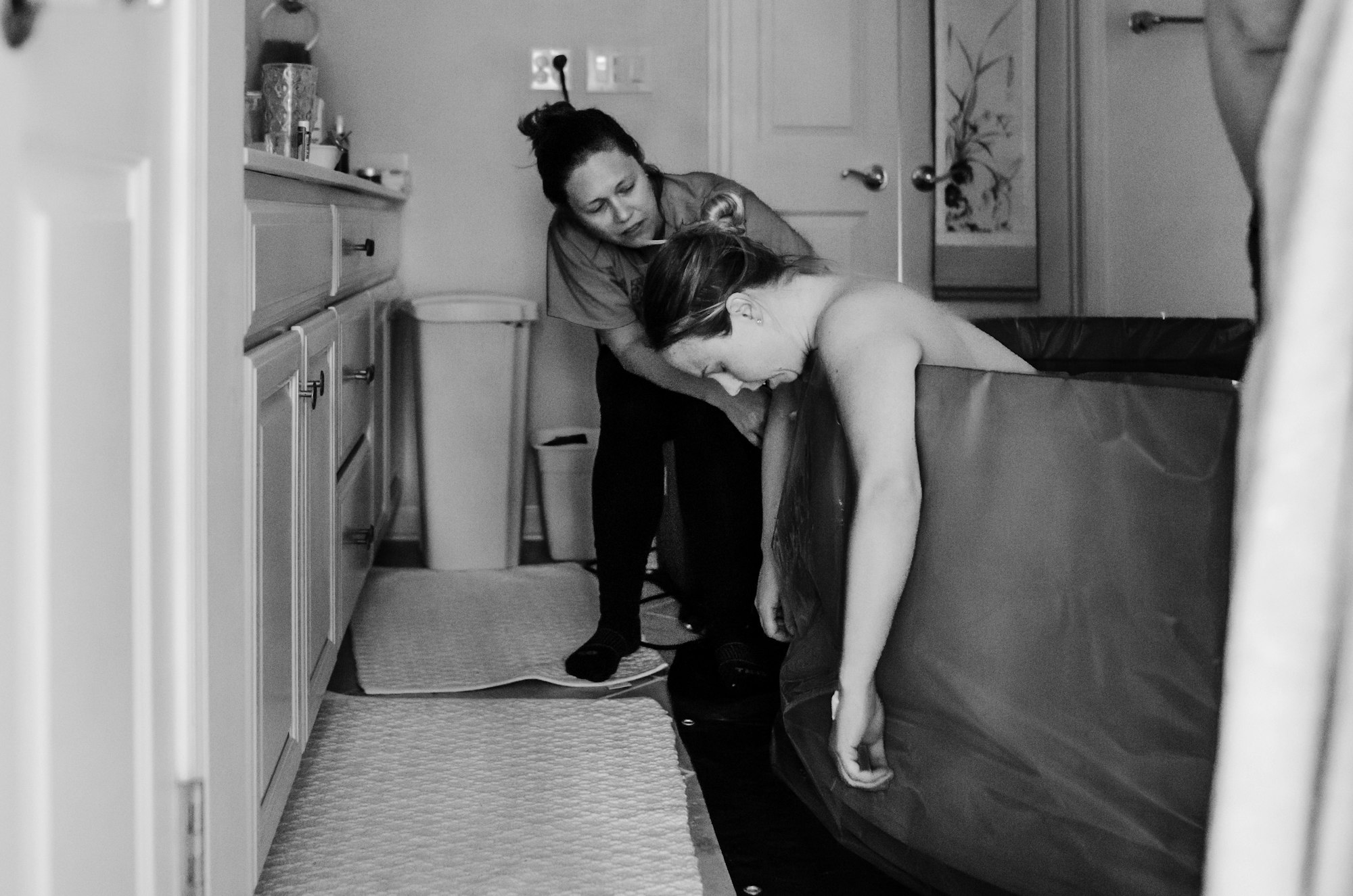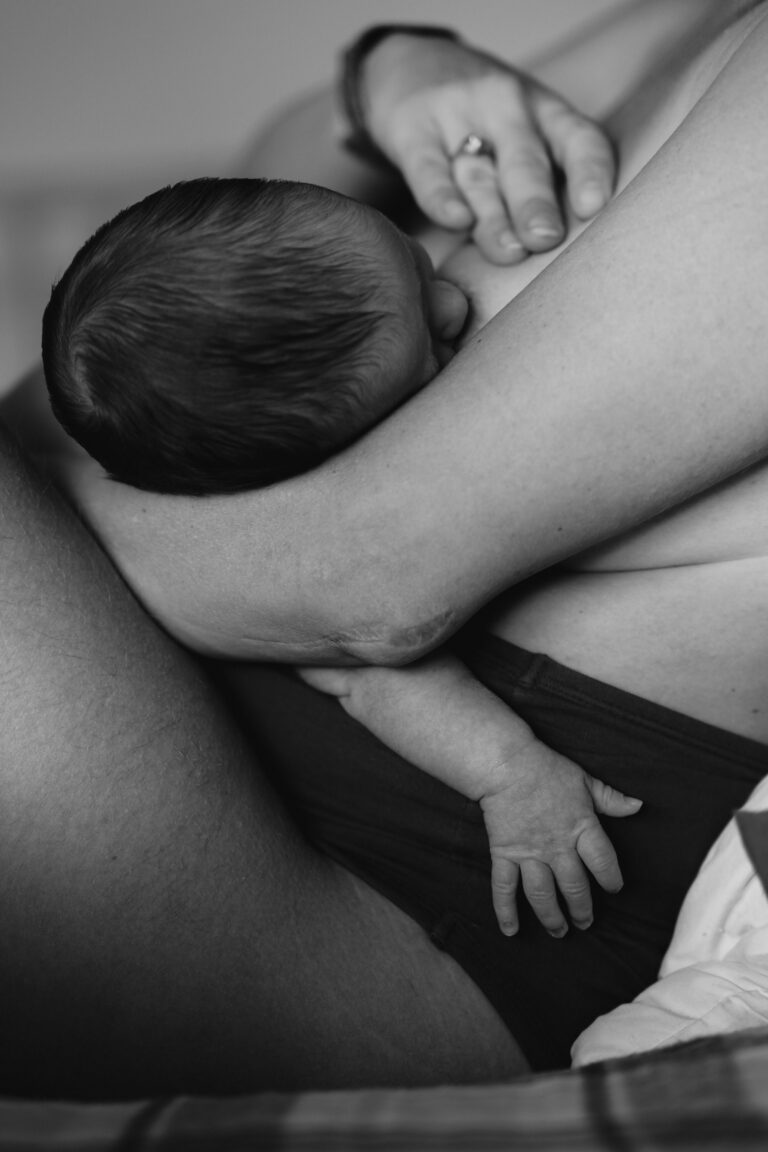Imagine standing at the crossroads of anticipation and uncertainty, wondering what lies ahead as you approach childbirth. The decision to pursue natural childbirth may stir a whirlwind of questions: Will it be overwhelming? Is it truly safe? How can pain be tolerable without medication? The landscape of labor is shaped by expectations, science, and deeply personal choices. For many parents, the concept of natural childbirth evokes both hope and apprehension—prompted by stories, medical debates, and the need for control over their experience. Here, clarity meets advocacy: discover evidence-based insights, practical strategies, and the diverse realities behind physiological birth. Let’s explore how natural childbirth unfolds, debunk common myths, highlight clinical facts, and empower parental confidence without judgment.
Discovering Natural Childbirth: Myths, Medical Facts, and Misinformation
Defining Natural Childbirth: Beyond Stereotypes
At its core, natural childbirth means allowing labor to progress physiologically—no pharmaceutical painkillers, minimal medical intervention, and an emphasis on your body’s innate abilities. No forced acceleration with synthetic oxytocin, no scheduled cesarean section, no epidural analgesia unless medically indicated. Yet, supervision from skilled professionals remains paramount, providing reassurance with clinical vigilance rather than intrusive measures.
Does natural childbirth equate to chaotic pain or uncontrolled risk? The research is clear: for pregnancies assessed as low-risk, and with vigilant monitoring, unmedicated labor can be just as safe—sometimes safer—than routine interventions. Many hospitals now accommodate physiologic birth, offering birthing balls, intermittent monitoring, and access to supportive care. What stands central isn’t the location but the ability to respond adaptively if situations evolve.
Natural Versus Medicated: A Clinical Comparison
Key differences lie in pain management and participation. Natural childbirth relies on the laboring mother’s endorphin system, comfort measures (movement, massage, hydrotherapy), and active decision-making. Medicated birth—epidural, spinal, or systemic opioids—reduces sensation but may limit mobility and prolong second-stage labor. Both approaches can be safely executed with attentive care teams.
Recovery often favors natural childbirth, with fewer interventions correlating to shorter hospitalization, more vigorous breastfeeding initiation, and reduced maternal fatigue. Scientific literature stresses: In the right context, respecting physiologic processes benefits maternal-infant outcomes without depriving access to medical solutions if circumstances demand.
Historical Trends and Modern Perspectives
From dimly lit rooms guided by instinct and midwifery wisdom, to sharply lit hospital suites with monitors and IV poles—birth’s history traverses extremes. The pendulum of practice has swung toward balance: valuing the body’s capacity for physiological labor but remaining equipped for emergencies. Evidence now champions midwife-led care and non-pharmacologic strategies where appropriate, underlining flexibility and safety as compatible values rather than opposing principles.
The Benefits of Natural Childbirth: Health, Emotion, and Early Bonding
Physical Benefits—What the Science Shows
Natural childbirth reduces exposure to analgesics and anesthetics. Mothers typically encounter less risk of fever, adverse drug reactions, or instrumentation. Babies delivered without medication generally transition with fewer respiratory difficulties, and studies suggest improved initial neonatal alertness.
- Lower incidence of operative delivery (forceps, vacuum)
- Reduced risk of instrumental-induced trauma
- Quicker mobilization and lower postpartum infection rates
Psychological Empowerment and Parental Confidence
Pain in labor is not senseless suffering but a process with purpose, signaling cervical progression and fetal descent. Surmounting this challenge often instills a potent sense of self-efficacy. Many women express heightened confidence and emotional satisfaction—outcomes validated in psychological research. The active participation of support partners, too, increases engagement and strengthens familial bonds.
Faster Recovery, Enhanced Bonding, and Oxytocin-Driven Well-Being
Recovery after natural childbirth typically means mobilizing sooner, eating and caring for oneself without opioid side effects, and maximizing skin-to-skin contact in the “golden hour.” The physiological release of oxytocin and endogenous endorphins fosters not only pain relief but deepened maternal-infant attachment—laying the biological groundwork for successful breastfeeding and soothing the newborn’s adjustment to life outside the uterus.
The Foundations of Natural Childbirth: Philosophy and Environment
Reducing Unnecessary Interventions—Trusting Physiology
At the heart of natural childbirth is an understanding that for most pregnancies, the body possesses genuine capacity to birth safely. Avoiding non-medically indicated inductions, unnecessary continuous electronic fetal monitoring, and pharmacological management unless risks emerge allows natural hormonal pathways to dominate. Yet, continuous clinical oversight—periodic fetal heart auscultation, maternal vital signs, and alert observation—stands as a safeguard, blending autonomy and expertise.
Creating a Supportive Birth Space
Environment dramatically impacts labor progression. Privacy, dim lighting, soothing music—these aren’t trivial luxuries but neurological boosters. Emotional safety increases production of endorphins and oxytocin, while loud interruptions, unfamiliar faces, or frequent disruptions can cause labor to stall or become more painful. Mammals, including humans, instinctively seek shelter and calm during birth; the science of perinatal neuroendocrinology explains why.
Flexibility: Readiness for the Unexpected
Natural childbirth is not an all-or-nothing mindset. Unexpected medical indications—fetal distress, obstructed labor, postpartum hemorrhage—may call for intervention. The healthiest philosophy is adaptable: respect physiological norms, but pivot promptly for safety.
Preparing for Natural Childbirth: A Step-by-Step Roadmap
Selecting Clinicians and Birth Team
Choose healthcare providers who value shared decision-making, routinely support physiologic birth, and use up-to-date protocols. Midwives and doulas often excel at continuous labor support, but some physicians are equally attuned—ask about their approach during prenatal visits.
Evidence-Based Prenatal Education
Consider childbirth classes emphasizing practical coping methods: Lamaze breathing, perineal massage, upright positioning, hydrotherapy. Learn the physiology of labor—what contractions do, how the cervix dilates, what signs merit immediate attention. Peer-reviewed information, parental forums, and reputable organizations all contribute to informed decision-making, as knowledge is the parent’s strongest ally.
Building a Responsive Birth Plan
Outline preferences—who will be present, preferred positions, approach to pain, and what you’d like immediately after birth (delayed cord clamping, uninterrupted skin-to-skin). Review your plan with your care team, but remain ready for unexpected scenarios—flexibility is strength, not defeat.
Physical and Emotional Conditioning
Movement, hydration, and balanced nutrition build maternal stamina: practice prenatal yoga, swim, or walk daily. Focus on iron, protein, leafy greens, and adequate caloric intake. Mental preparations matter—meditate, visualize, or seek counseling if anxiety flares. Cultivate your support network to anchor your resilience; research links such support directly to better outcomes.
Experiencing Natural Childbirth: A Closer Look at the Journey
The Stages of Labor Explained
Early labor: the cervix softens and opens up to 6 cm. Contractions are intermittent, sometimes irregular. Most parents stay home, alternately distracted and alert, waiting as labor intensifies.
Active labor: contractions increase in both frequency and intensity. The cervix dilates from 6 to 10 cm. The role of mobility in managing pain peaks here—leaning forward, swaying, or immersing in warm water can be transformative.
Transition: perhaps the most challenging phase, marked by strong emotional and physical sensations, yet it signals proximity to birth. The urge to push is often undeniable. At delivery, a surge of adrenaline brings focus, awareness, and the energy to safely meet the baby—usually followed by that magical skin-to-skin moment, aided by hormonal surges that ease placental expulsion and bleeding.
Recognizing When to Go: Signs and Symptoms to Notice
Do you wonder: how painful is too painful, or when to head to your birthplace? If contractions are five minutes apart, last about one minute, and follow a consistent pattern—or if membranes rupture (“water breaks”) or heavy bleeding occurs—it’s time for a call. Never hesitate to seek guidance from your provider.
Choosing a Birth Setting: Safety, Comfort, and Evidence
Hospital Options
Equipped with technology and specialists, hospitals guarantee immediate intervention when needed. Some prioritize physiologic birth—offering midwifery care, intermittent fetal monitoring, and water birth facilities—while others adhere to more traditional, intervention-heavy protocols. If hospital birth draws you, ask about their natural childbirth policies beforehand.
Birth Centers
Birth centers replicate a home-like atmosphere while maintaining professional monitoring. Reserved for low-risk pregnancies, they offer midwife-led care, freedom of movement, and the option for water immersion. Immediate transfer protocols add a safety net.
Home Birth—Safety in Familiar Surroundings
Home birth, when attended by licensed midwives and in the absence of high-risk factors, shows favorable outcomes in research. Privacy, undisturbed labor rhythms, and the comfort of home enhance oxytocin release, but strict selection criteria and backup plans are essential.
Assessing Risks and Navigating Challenges
When Intervention Becomes Necessary
Conditions like preeclampsia, abnormal fetal positioning, multiple gestations, or underlying maternal health concerns increase the need for medical oversight. Preparedness is reassuring: knowing when to transition to higher-level care—without delay—safeguards everyone’s well-being.
Complications: How Are They Handled?
Every birth story varies. Natural childbirth can occasionally be complicated by perineal tears, postpartum hemorrhage, or retained placenta. Strategies for prevention and management, such as controlled cord traction, active third-stage labor protocols, or antibiotic regimens, should be part of discussions ahead of time. Open communication is your best defense.
Support Networks: Building a Positive Birth Experience
Continuous Support: The Core of Positive Outcomes
The presence of a partner, doula, or nurturing midwife is strongly linked to higher satisfaction and decreased intervention. Their role evolves throughout labor—advocation, hands-on comfort, emotional steadiness. Evidence indicates that continuous support even shortens labor and lowers the likelihood of cesarean birth.
Community and Peer Connection
Whether in-person support groups, online forums, or postpartum gatherings, the sharing of lived experiences eases the learning curve. Anecdotal wisdom, empathy, and advice from those who have walked the path transform abstract information into tangible reassurance.
Demystifying Myths: What Parents Really Need to Know
Is Pain Unbearable Without Meds?
Pain in natural childbirth is not a constant agony but fluctuates—relief is found in water immersion, counterpressure, TENS devices, breathing, and the body’s built-in endorphins. Medication can be requested if non-pharmacologic measures aren’t effective, and doing so is a sign of attentive self-care, not failure.
Are Interventions Always Excluded?
Sometimes, a gentle blend of natural methods and targeted interventions offers the safest outcome. The philosophy centers on respecting the process—not avoiding help out of principle. Informed, respectful care tailors intervention to actual need, never routine.
Social Perceptions: Addressing External Pressures
Natural childbirth is not an ordeal through which to prove oneself. Preparation, support, communication, and evidence-based choices make the difference—comparison, competition, or judgment never should.
Practical Tips and Medical Considerations
Creating a Calm Oasis
Prioritize low lights, comfortable surroundings, familiar music—environment acts as a non-pharmacological intervention. Birth balls, mobility, and warm water offer genuine pain relief. Choose who supports you wisely.
Nutrition, Activity, and Early Recovery
Maintain a balanced intake of proteins, leafy vegetables, complex carbohydrates, and hydration. After labor, prioritize rest, ask for help, monitor emotional health, and give your body time to recalibrate. Perineal care, wound observation, and open communication with your clinician remain paramount in the postpartum period.
Key Takeaways
- Natural childbirth empowers parents, favors swift recovery, and supports robust maternal-infant bonding through potent hormonal interactions.
- Preparation—physical, educational, and emotional—nurtures the confidence needed for a positive journey.
- Every parent and every birth is unique: stay open-minded and advocate for support that aligns with your circumstances.
- Flexibility is not weakness; it’s safety. Trust your instincts and the expertise of your team.
- Expert clinicians, peer networks, and family support transform the landscape of natural childbirth for the better.
Curious about tailored parenting resources? Download the Heloa app for access to free health questionnaires for children and personalized advice—an extra layer of reassurance as you chart your family’s health journey.
Questions Parents Ask
How can I prepare myself mentally for natural childbirth?
Preparing mentally is just as important as physical preparation for natural childbirth. You can try practicing mindfulness, guided imagery, or relaxation techniques such as deep breathing. Attending prenatal classes focused on coping with labor, connecting with supportive birth partners, and familiarizing yourself with each phase of labor often help manage worry and build confidence. Remember, feeling nervous is completely normal—many parents experience a mixture of excitement and concern. Surrounding yourself with trustworthy, empathetic professionals and discussing your preferences can offer vital reassurance for the journey ahead.
What pain relief options are available if I choose natural childbirth?
Even when opting for natural childbirth, you have access to several non-medicinal pain relief solutions. These include movement (like walking or swaying), water immersion, massage, heat application, and the use of birthing balls. Guided breathing and relaxation strategies, as well as support from a doula or partner, often make a significant difference. Some parents find comfort in acupressure or TENS (transcutaneous electrical nerve stimulation). If non-pharmacological methods are not sufficient for you, it’s always possible to discuss further options with your care team—your comfort and well-being remain a priority, and there is no “one size fits all.”
Is natural childbirth possible in a hospital setting?
Absolutely, many hospitals accommodate natural childbirth preferences. You can express your wishes to minimize interventions and use non-medicinal comfort measures within the hospital environment. Midwife-led care, intermittent monitoring, upright positions, and access to birth pools may be available—feel free to ask in advance about these options. Flexibility and open communication with your care team play an essential role in shaping a positive experience, and your preferences are fully respected wherever you give birth.
Further reading:









